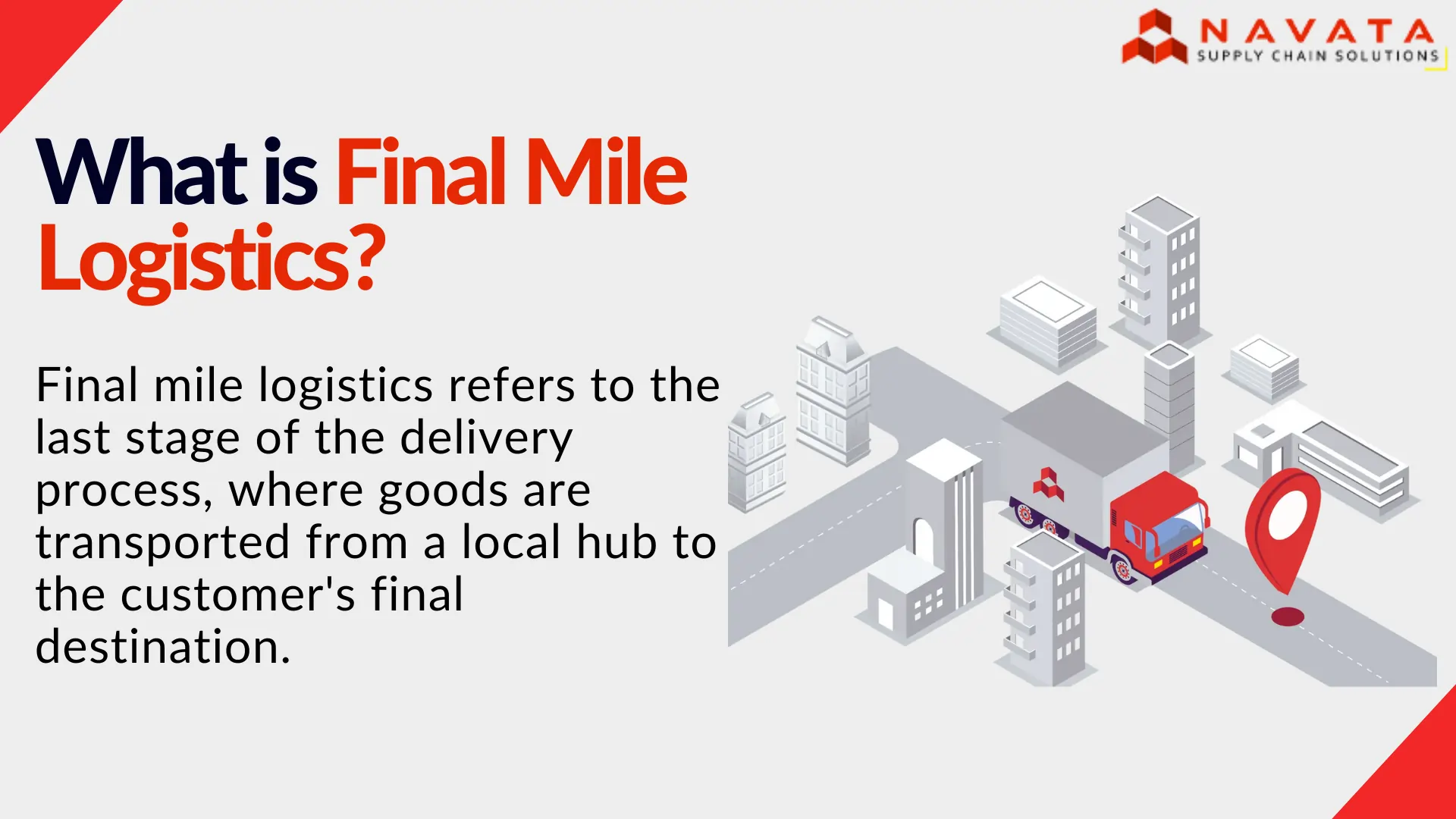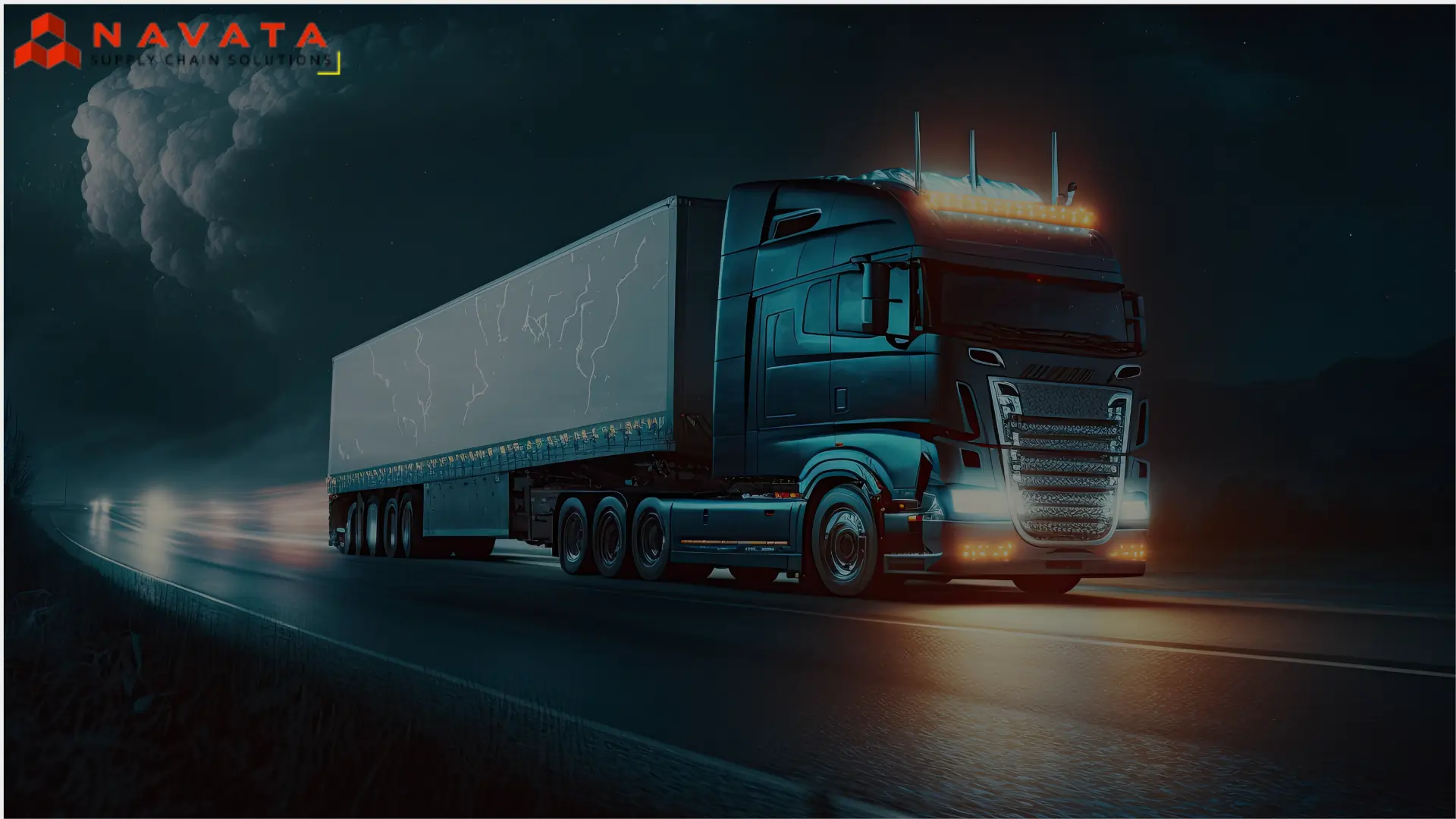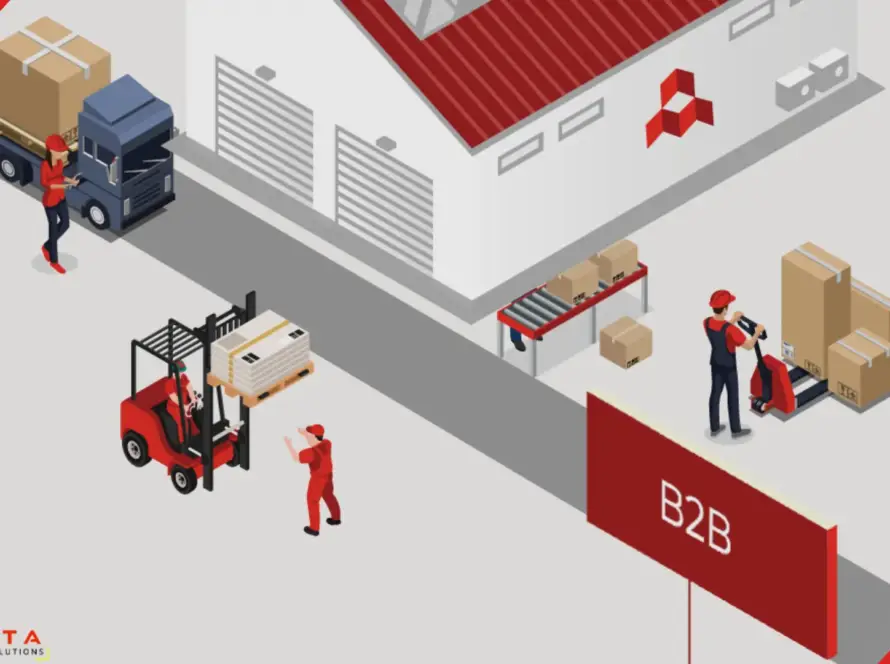Final Mile Logistics
Logistics is a fundamental part of cutting-edge enterprise operations. Logistics is the technique of planning, executing, and coordinating the movement of products from one region to another. It includes transportation, warehousing, stock management, and order fulfillment.
Final mile logistics, additionally called last-mile delivery, is the final degree of the logistics procedure wherein goods move from a distribution center to the consumer. This stage is critical as it has the maximum seen and private effect on the consumer’s enjoyment of the complete delivery procedure. Final-mile logistics services offer several advantages, including ease, flexibility, and an improved client experience.
Customers also benefit from accurate timing, white-glove service, and multi-location coordination. Using this service helps improve the efficiency of your supply chain by ensuring timely and consistent deliveries. It can also help to streamline processes and improve inventory management.

Process of Final Mile Logistics
Final mile logistics involves a series of critical steps ensuring that orders reach customers efficiently. These steps include order placement, goods receipt, assignment, preparation, and the final delivery to the customer.
Order Placement
A client makes an order either through an online shop or a physical outlet. The information regarding the order is fed into a central database that helps to monitor the status of the order and start the process of order fulfillment. It also helps check the status of inventory and the correct processing of the order with a view to being shipped.
Goods Receipt
Ordered goods are shipped from the manufacturer or supplier and received at a fulfillment center or centralized warehouse. At this stage, the items are checked for quality and correctness and are arranged and placed to be forwarded to the next step in the distribution process.
Assignment
After they are processed, the orders are dispatched with the help of delivery drivers. This assignment considers the orders’ due dates, the best delivery routes, and the delivery time windows. This step is very important in planning and scheduling in order to satisfy the customers’ needs.
Preparation
The orders are then prepared for dispatch by the warehouse staff and they scan and log each item to check on the accuracy of the order. They then pick the orders and load them into delivery trucks ensuring that the items are well arranged and packed. This stage includes communicating the departure of the truck and updating the tracking system with expected delivery times.
Delivery
The delivery driver takes the car and follows the route that was given in order to deliver the order to the customer’s location. When the driver gets to the destination, he or she drops off the goods and may ask for a signature or some form of acknowledgment. The delivery status is then recorded in the system and the customer is informed that his/her order has been delivered.

Key Components of Final Mile Logistics
Customer Experience
Customers in modern society demand quick delivery options including same day or next day delivery hence requiring efficient and fast final mile delivery. If properly managed, this stage is not likely to have negative experiences but any delay or mismanagement at this stage may harm the reputation of a company.
Also expected is real-time tracking in the delivery process and complete transparency. Customers care about the specific state of their orders, when it is expected to be delivered and what is happening at the moment. This level of visibility improves their experience, brand credibility, and loyalty on the premises.
Technology
Technological solutions are of primary importance in final mile logistics through the means of tracking devices, route planning, and mobile applications. It helps the companies and the customers to track the shipment and delivery of products from the time they leave the warehouse to the time they reach the recipient and any problem is addressed immediately. Route optimization software uses data analysis and algorithms to identify the best route for deliveries so that the traveling time, fuel usage, and expenses are kept to a minimum and traffic can be avoided.
Also, applications developed by logistics firms allow customers to track and control their delivery process interact with drivers, and receive updates and options to change the delivery time or other aspects that make the delivery process more enjoyable and efficient.
Final Delivery Options
There are different strategies of delivery concerning the management of the final stages of delivery. Express courier services are conventional, handling most of the deliveries of parcels and small packages through time-fixed and call-fixed services. Some of the parcel delivery companies are niche players in the e-commerce and retail industries to provide speedy and efficient delivery solutions for small parcels.
Also, crowd-sourced delivery models have come up where drivers with their personal cars make deliveries. This model used by Uber for instance, provides quicker and more efficient delivery solutions for shorter and smaller orders, and by expanding the number of drivers and reaching out to more consumers, delivery costs are also lowered.
Optimize Your Final Mile Logistics Now!
Challenges in Final Mile Logistics
Final mile logistics encounters several significant challenges that affect both efficiency and customer satisfaction. Let’s check some of them
High Delivery Costs
Last-mile delivery is characterized by high costs because of fuel, manpower and the vehicle used in the process. These costs can be controlled by proper planning of routes and by using technology but remain a major concern.
Complex Urban Landscapes
It is always challenging to find routes that pass through crowded city roads, small lanes or areas that are restricted for access. These challenges can lead to delays and increased operational costs, thus making urban deliveries to be more complex to handle.
Unpredictable Delivery Times
Delivery times may be influenced by factors such as traffic congestion, adverse weather conditions and change of order at the last moment. This can affect the level of satisfaction that customers have towards the services being offered and also make it very difficult to plan for the working hours.
Customer Demands for Faster Real-Time Delivery Updates
Today’s customers demand timely and correct tracking information. They demand accurate tracking and time-bound information about their orders, which makes it mandatory for logistics providers to incorporate modern tracking and communication technologies.
Strategies to Optimize Final Mile Logistics
To enhance efficiency and customer satisfaction in final mile logistics, businesses can implement several effective strategies.
Improved Route Optimization
This can be achieved through the use of sophisticated software that in turn helps in the analysis of traffic and delivery routes. This technology is useful in planning the most efficient routes, time and also minimizing on fuel wastage.
Smart Warehousing
The establishment of micro-fulfillment centers near consumer locations can be useful in the reduction of delivery time. These localized warehouses can facilitate faster order processing and quicker delivery to the customers and hence, increases the efficiency of the business.
Sustainability
Switching to electric vehicles and adopting environmentally friendly packaging also helps to make the final mile logistics process environmentally friendly. This approach also has the added advantage of lowering carbon emission and consumers are also sensitive to this factor.
Flexible Delivery Models
Having options like same-day delivery, and next-day delivery, as well as pickup points is favorable to the customer in terms of time. This is because flexibility in delivery options assists in satisfying different customer needs and thus enhances customer satisfaction.
You May Also Like to Read: What is Multimodal Shipping?

Future Trends in Final Mile Logistics
Trends in final mile logistics are going to be changed shortly. Self-driving cars are being designed with the capability of delivering goods with more efficiency and less expense, a move that may revolutionize transport in cities. Drones are used in aerial delivery and are seen as the solution to short, quick, and hard-to-reach delivery, but they are still constrained by regulations and technology.
Crowdsourcing models are growing, as orders are delivered by contractors who can quickly and without strict adherence to a plan to meet clients’ demands. With customer expectations rising to the levels of quicker and more reliable deliveries, the industry is set to expand with automation, technology, and flexibility being the key drivers of logistics in the future.
Conclusion
Final mile logistics can be regarded as the essential part of the delivery process, which affects the satisfaction of consumers. Some of the issues that need to be managed during this stage include high costs, a difficult urban environment, and unpredictable delivery times. Through the use of technology right selection of routes and the application of flexible delivery options, corporations and companies can improve their performance and satisfy the increasing demand of customers through fast delivery and real-time tracking.
New trends including autonomous vehicles, drones, and crowdsourcing are expected to bring new solutions to existing delivery problems. With the increase in the demand for the delivery of goods in a shorter time and with greater efficiency, the logistics industry will have to evolve to meet customers’ needs and expectations.
Thanks For Reading: What is Final Mile Logistics?
Powered By 360Presence


2 Comments